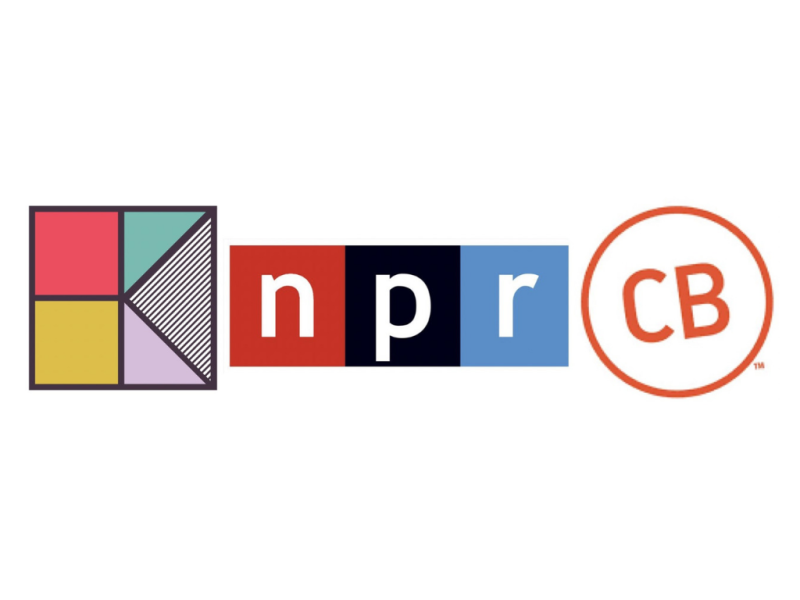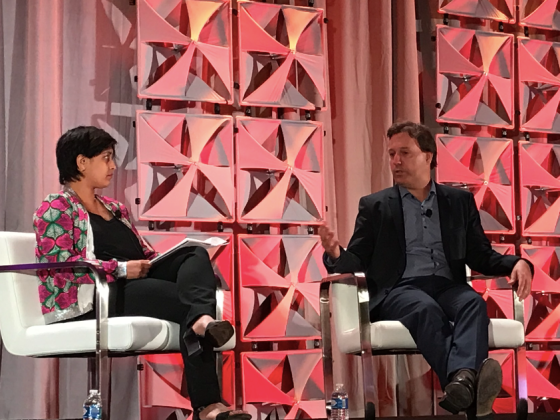
“Engagement” is one of the buzzwords at this year’s ONA conference. But the term may mean different things to those who produce digital journalism.
“Your keyboard is an open mic,” said Mark Stencel, a former managing editor for NPR Digital, who has worked in digital journalism for more than 20 years. Now the co-director of the Duke (University) Reporters’ Lab, Stencel said “your social media channel has to sound like your newsroom.”
“Every news organization has a personality and the challenge for a good social media person is to embody that voice,” he said.
Anthony Quintano, the engagement editor for the Honolulu Civil Beat, said engagement is more about looking at what the audience wants and guiding coverage accordingly.
While Quintano prefers to share his own articles via Twitter, “a lot of people in Hawaii don’t use Twitter,” he said. “So the one social media [platform] that I really like and pay attention to is not one that our core audience uses.”
The Civil Beat recently covered the Kilauea eruptions with a series of Facebook Live broadcasts — attracting more than 2 million views on the live steams. Quintano read and responded to comments from viewers while live streaming. “That’s what keeps people tuned into a live stream,” he said. “Knowing that the broadcaster is paying attention to the viewer.”
Although he doesn’t monitor his site’s performance by likes or views, Quintano said, he pays attention to how many people share stories and other posts. “Sharing is more valuable than clicking. It gives you the possibility of reaching someone new,” he said.
Similarly, Quintano said building a strong brand requires developing an honest relationship with readers and that helps with engagement. One strategy is for Civil Beat reporters and editors to hold virtual office hours on Fridays via Facebook Live to answer questions from readers about stories and the reporting process. The dialogue between the reporters and viewers coupled with occasional typos let the reader know that there’s a human behind the screen, he said.
Jennifer Brandel, CEO and co-founder of Hearken, said the best news brands pursue honesty. She agreed that journalists should show their human side while also having some fun. She encourages the use of emojis and fun graphics and “anything that catches the eye” can be excellent tools to help share stories. “Playful isn’t bad.”
“Brands should ask themselves, if they were a person, who they would they be,” Brandel said. “What age are they? What do they like to do?” You should be shouting out good work, she said, not just “doing engagement for engagement’s sake.”
In order to do that, she said, “Social media producers should be part of the editorial meetings,” “When they’re not, it’s a missed opportunity for learning.”
Social media can help promote a more honest relationship between the public and the media, Stencel said. “If a newsroom has a carefully crafted, printerly kind of voice, it does kind of represent who they are,” he said. “That’s the trick.”
“A lot of the branding side of social media is about who you’re trying to reach and why and how do you speak to that audience in a way that is appealing and informative,” he said. “All in 280 characters or less. Reporting with the public in mind is the best a newsroom could hope for.”







You must be logged in to post a comment.